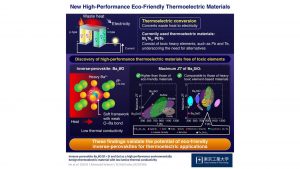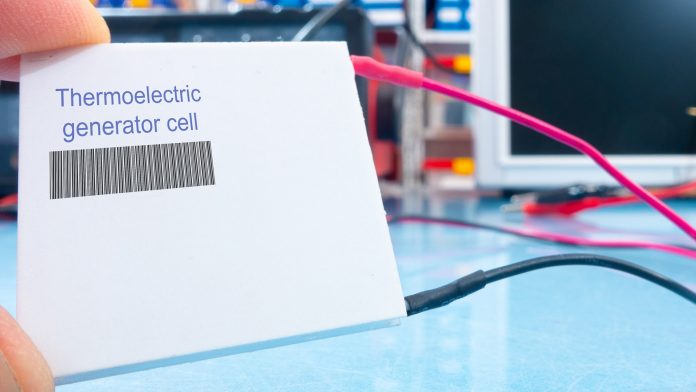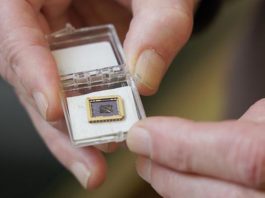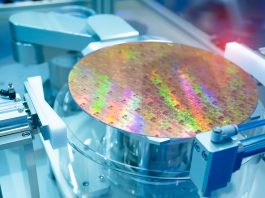In a new study, Tokyo Tech scientists have reported environmentally benign inverse-perovskites with high energy conversion efficiency and potential for practical application as thermoelectric materials.
There are several limitations typically faced with thermoelectric materials (TEMs), such as insufficient energy conversion efficiency and environmental toxicity due to heavy elements.
However, the new materials provide a suitable alternative to TEMs based on toxic elements with better thermoelectric properties than conventional eco-friendly TEMs.
The research, ‘Inverse-Perovskite Ba3BO as a High Performance Environmentally Benign Thermoelectric Material with Low Lattice Thermal Conductivity,’ is published in Advanced Science.
Thermoelectric materials are essential, but so far, they’ve fallen short of the mark
Thermoelectric materials capable of converting thermal energy to electrical energy and vice versa have become an essential part of our world, which needs better waste-energy harvesting systems and cooling systems for electronic gadgets.
The energy conversion efficiency of TEMs depends on a dimensionless figure of merit (ZT), which is a product of two different factors: the inverse of thermal conductivity (k) and the power factor (PF).
A high-performance TEM exhibits a high ZT if it possesses low k and high PF. Over the years, scientists developed several high-performance heavy metal chalcogenide-based TEMs, such as Bi2Te3 and PbTe, that fulfil these criteria.
While these materials were ideal for energy conversion, they were toxic to the environment and the health of living organisms – they contained toxic heavy elements, such as lead (Pb) and tellurium (Te), which limited their practical applications.
On the other hand, although oxide-based thermoelectric materials, such as SrTiO3, have several advantages of non-toxicity and abundant natural resources, their ZT has been limited due to their high k.
How do the new materials address these issues?
To address this, a research team led by Associate Professor Takayoshi Katase from the Tokyo Institute of Technology explored efficient and environmentally benign toxic-element-free thermoelectric materials.
The researchers presented inverse-perovskite-based high ZT TEMs with the chemical formula Ba3BO, where B refers to silicon (Si) and germanium (Ge).
“Unlike normal perovskites, such as SrTiO3, the positions of cation and anion sites are inverted in inverse-perovskites Ba3BO,” explained Dr Katase.
“They contain a large amount of the heavy element, Ba, and their crystal structure is formed by a soft flamework made up of weak O-Ba bonds. These characteristics realise the low k in inverse-perovskites.”
The research team clarified that the synthesised bulk polycrystals of Ba3BO possess extremely low k of 1.0–0.4 W/mK at a T of 300-600 K, lower than those of Bi2Te3 and PbTe bulks.
As a result, the Ba3BO bulks exhibited a high ZT of 0.16-0.84 at T = 300-623 K.

In summary, this study validates the potential of the newly designed Ba3BO as a high-performing and eco-friendly alternative to conventional toxic, heavy element-based thermoelectric materials.
The results establish inverse-perovskites as a promising option for developing advanced environmentally benign TEMs.
Dr Katase concluded: “We believe that our unique insight into designing high ZT materials without using toxic elements would have a strong impact on the materials science and chemistry communities as well as among innovators looking to expand the horizon of thermoelectric material applications beyond laboratories into our everyday life.”









